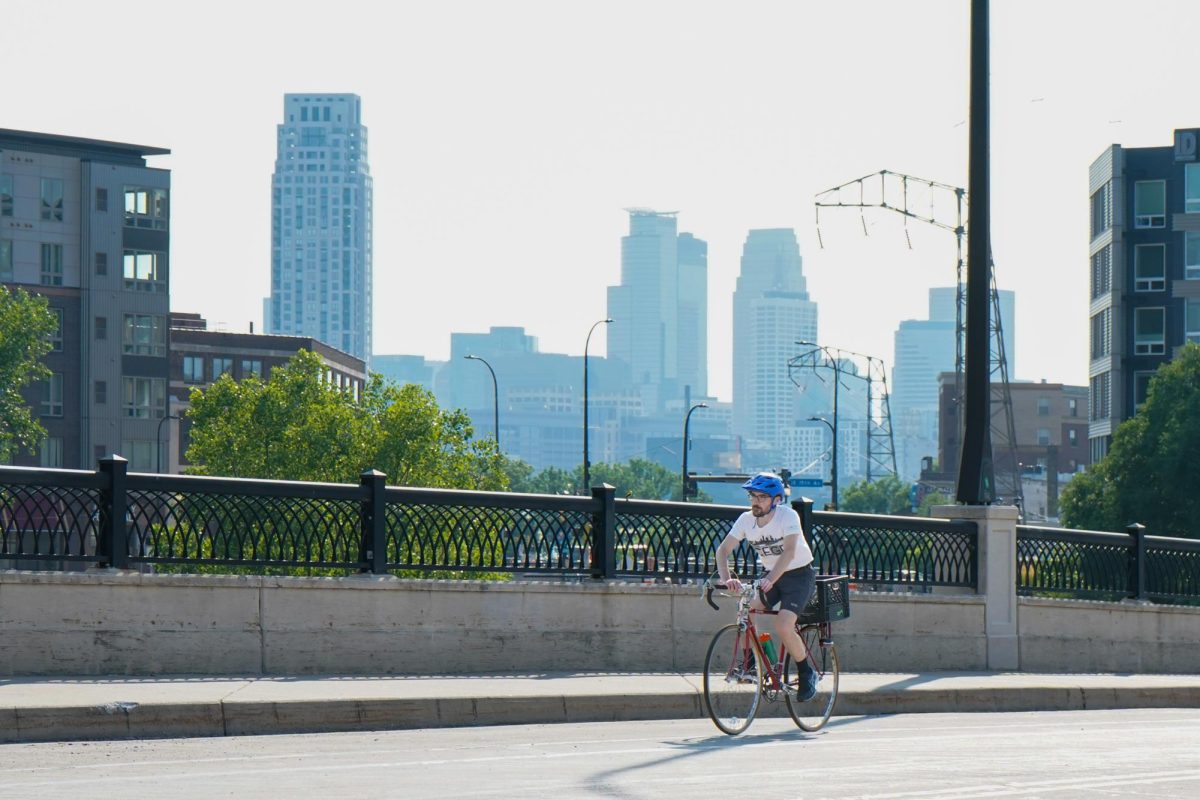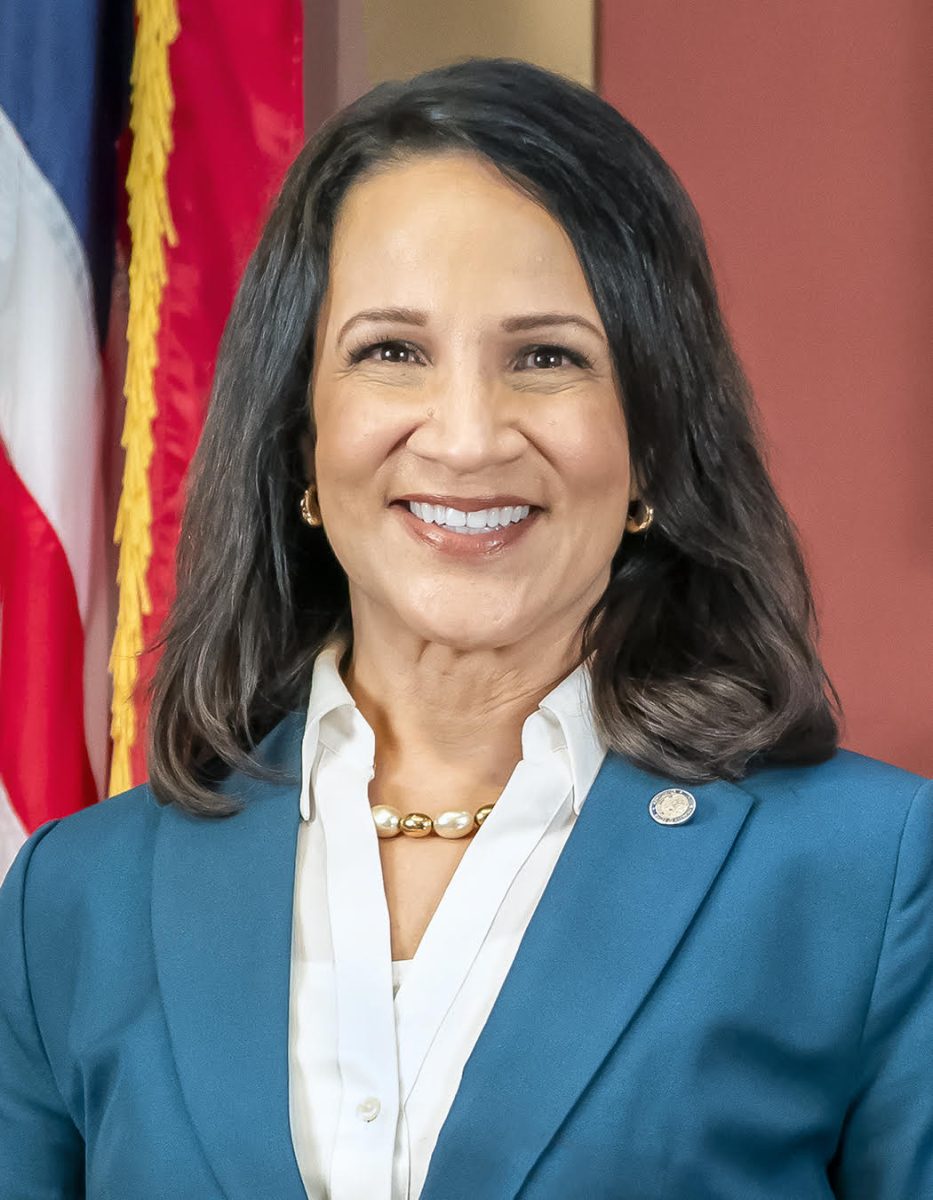South Minneapolis is renewing efforts to solidify a bike and pedestrian greenway corridor throughout the various communities and neighborhoods.
The proposed Southside Greenway stretches around 6.5 miles, starting near West River Parkway and ending around Portland Avenue. The corridor would connect 12 parks and four schools throughout nine neighborhoods in South Minneapolis.
South Minneapolis residents Marilea Browne and Julia Eagles presented why the city should renew efforts of the Southside Greenway bike and pedestrian corridor goals July 11 to the Minneapolis City Council Climate and Infrastructure Committee.
Efforts to create a greenway from north to south in South Minneapolis started in the early 2000s, Eagles said in the presentation. However, efforts slowed around 2015 due to the prioritization of the Northside Greenway on Queen Avenue in North Minneapolis.
“I think what’s really exciting about this project is that it really has been resident-led,” Eagles said.
Eagles and Browne asked the committee for funding to help improve the corridor’s design by adding safety elements like traffic slowing or protected bike lanes.
Executive Director of Our Streets José Antonio Zayas Cabán said the organization is excited about the Southside Greenway project’s return and to collaborate with the project in the future. Zayas Cabán said some next steps could be organizing with the community and gathering data about who will benefit from the corridor.
“We would be excited if it went all the way to having a completely car-free greenway boulevard in the future,” Zayas Cabán said. “But this is a good next step for the city,”
Browne said though the southside route is already ingrained in the city’s plans, creating the proper infrastructure and safety measures would likely help incentivize residents to comfortably use the trail more.
“The route includes busy downtown streets and quiet residential streets and everything in between,” Browne said in the presentation. “So a one-size-fits-all design approach wouldn’t work for the greenway.”
President of the Pedestrian Advisory Committee Peter Vader said the goal is to need fewer cars to get around and make the greenway more attractive with benches, water fountains and more.
“Let’s see atmospheric ambiance that’s going to make it inviting and profitable for people to get out of the cars,” Vader said.
Eagles said the Southside Greenway project engaged with the community in the past few years through tabling at People’s Pride and Open Streets and holding bike ride-alongs throughout the route.
Browne presented two preliminary designs for the greenway: a half versus a full greenway. A half greenway would be the trail for bicyclists and pedestrians but still have vehicle traffic separated by a curb. A full greenway would only allow for emergency vehicle access, making the space only for residential activities.
Vader said limiting driver speeds is key when considering the greenway’s future designs and safety precautions. With safety measures such as lane narrowing and intersection visibility for cars and pedestrians, coexisting with cars is possible, Vader said.
Browne said a greenway could help the city’s climate and transportation goals. The available green space would allow native plants to grow and more opportunities for stormwater infrastructure.
“As we go into a hot weekend with temps in the 90s, I’m certainly going to be thinking about how we can make our neighborhoods more climate resilient,” Browne said in the presentation.
In addition to the climate benefits, Zayas Cabán said the greenway could provide transportation opportunities for those who cannot afford a car or cannot drive.
Zayas Cabán said it is important to prioritize bicyclists and pedestrians when considering the safety of greenways near vehicle traffic. Zayas Cabán added that prioritizing pedestrians and bicyclists will help draw people into using the greenway.
“When you design a greenway that allows people to move quickly through it that (is) just as efficient, then those behavioral changes start to happen,” Zayas Cabán said.
Vader said creating a mood change is possible, especially considering local events like the Minnesota State Fair which gathers large and dense crowds with little priority toward vehicles at all. Vader added if people’s comfort is the priority, they will easily be attracted to the greenway.
“The atmosphere, the ambiance, the human needs (are what) we need to meet to make people, to encourage people to prefer moving outside of a car,” Vader said.









Dean
Jul 19, 2024 at 11:11 am
Nice article. Including a map of the proposed corridor would be very helpful to readers.